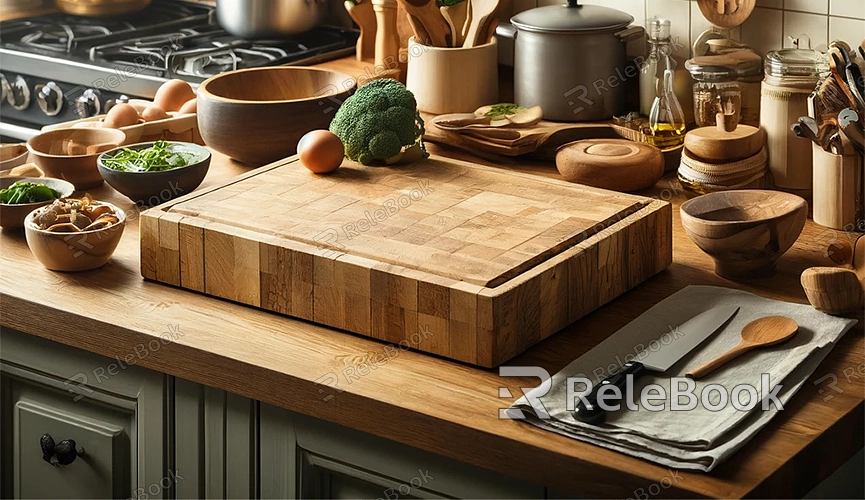How to make 3d models for printing
With the advancement of modern technology, 3D printing has become a highly regarded technology. It is not only applicable in fields like healthcare and aerospace but also provides endless creative DIY fun for individual users. However, for many beginners, figuring out how to create models suitable for 3D printing can be a bit confusing. This article will provide you with a detailed explanation of methods and techniques for creating 3D printable models, making it easy for you to get started and enjoy the fun of 3D printing!
Choose the Right Modeling Software:
Firstly, you need to choose 3D modeling software that suits your needs and skill level. There are many options available, such as Tinkercad, Blender, Fusion 360, etc. For beginners, Tinkercad might be a good choice because it's simple, user-friendly, and free. However, for users with some experience, Blender or Fusion 360 might be more suitable.

Learn Basic Modeling Techniques:
Before diving into creating specific 3D models, it's essential to learn some basic modeling techniques. For example, how to use basic shape tools to create models, how to make accurate dimension and scale adjustments, etc. These basic skills are the foundation of your subsequent learning, so make sure to master them solidly.
Understand the Limitations of 3D Printing:
Before creating 3D models, you need to understand some limitations of 3D printing. For example, you need to consider the printer's print size, characteristics of printing materials, the need for support structures, etc. These limitations will directly affect your model design, so remember them well.
Choose the Right Model Theme:
Based on your needs and interests, choose a suitable model theme. It could be a simple toy, a household item, or even a complex mechanical part. Whatever you choose, make sure it fits your skill level and printing equipment.
Start Modeling:
Now, let's start modeling! Use your chosen modeling software to create your model based on your chosen theme. During the modeling process, pay attention to maintaining the rationality and stability of the model, avoiding overly complex or unstable structures.
Add Details and Decorations:
Once you've completed the basic model, you can start adding some details and decorations to it. You can use sculpting tools, texture mapping, and other features provided by the software to add more vividness and detail to your model.
Optimize the Model and Prepare for Printing:
Finally, optimize your model and get ready for printing. Optimization includes checking for unnecessary details in the model, ensuring the model's size and scale meet printing requirements, etc. Once everything is ready, export the model to a suitable file format for printing, such as STL or OBJ, and send it to the 3D printer for printing.
Learning to create 3D models for printing may take some time and effort, but as long as you have interest and perseverance, you can surely succeed. Follow the above steps, keep practicing and experimenting, and you'll find that creating 3D models for printing is actually a very enjoyable activity. If you need a lot of high-quality 3D textures and HDRIs or 3D model downloads, you can get them from Relebook, where you can directly import textures and 3D models into your projects after downloading.

